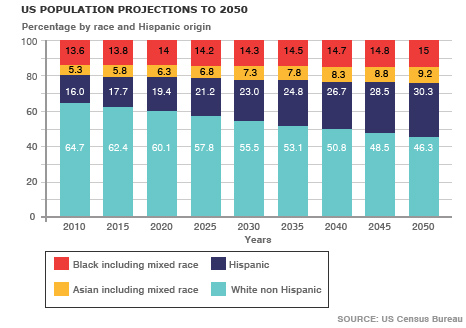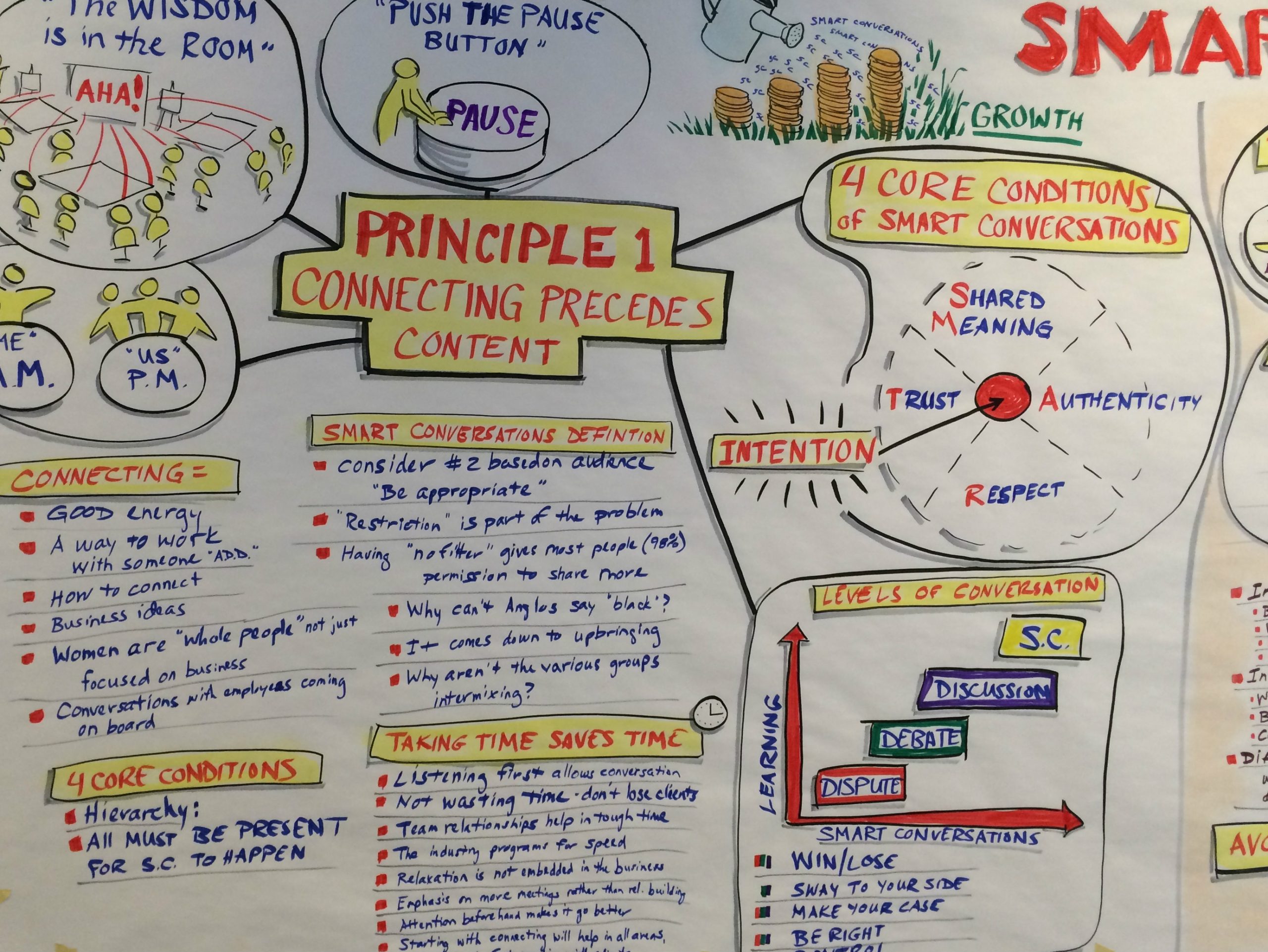A lack of diversity has put Tech companies at the center of criticism. A largely white and male-dominated industry, Tech is in the early stages of adopting practices that will change the face of their industry
According to the Wall Street Journal, 70-83 percent of the top largest tech companies’ leaders are male and 63-73 percent are white. Among the general employee base, 76-87 percent are men and a low of 41 percent to a high of 69 percent comprise minorities. Clearly, the industry needs to up its game.

As organizational development professionals, we understand the challenge and opportunities for organizations. In our experience, Diversity & Inclusion (D&I) needs to be much more than an initiative. It needs to be ‘the way we do things around here.’
Fostering a culture of D&I requires respect and trust, and it must be embedded into the mindset of the workforce. Leadership must also support D&I although, invariably, the most open minds can be found at the bottom: millennials.
Millennials grew up with people of color. They went to playgroups together, attended school together, and seem to appreciate the differences and perhaps, as some argue, don’t even notice them.
Therefore, as they enter the workforce, change can be expected, as this generation demands a diverse environment.
Where Does a D&I Culture Begin?
To set the stage for shaping a D&I culture, the first step is to understand that it does not mean hiring one or two women and people of color and calling it a day. It must be a commitment to creating a culture that values all differences.
The business case is clear: the population is becoming more and more diverse. In fact, the US Census Bureau projects the minority will become the majority between 2040 and 2045. To capitalize on this opportunity, companies need to develop a(n):
- powerful hiring strategy
- robust learning and development program
- equitable promotion strategy
- effective retention program
- fair and equal pay structure
These employees, in turn, will recommend your organization to others and keep the virtuous cycle moving. To do this, they need to work with others who look like them and see evidence of progress.
Some organizations take D&I more seriously than others, and the employees know it. For example, while supporting Employee Resources Groups (ERGs) is a good idea, they serve to bond like people. Often, little to no cross-cultural pollination exists. As a result, they can become homogenous, siloed groups, which defeats their purpose.
On the other hand, a healthy D&I culture…
- engages people across all spectrums of differences ;
- fosters understanding; and
- brings people together throughout the day-to-day, so they can learn from one another and generate results together.
Emotional Intelligence: Raising the Bar
At an elemental level, for a successful transition to a D&I culture, people need to speak the same language, and they need to build trust and respect. Relationship building can be tricky business when forced. Therefore, an organization and its leaders must have a high level of readiness to support a change and model the new behaviors. They also need a sustainable plan.
SMART Conversations® (SC) is an emotional intelligence tool used to shape D&I cultures. The traits below are widely regarded as essential to D&I cultures. SMART stands for having…
- Shared Meaning—are we talking about the same thing?
- Authenticity—are we being ‘real’ with each other?
- Respect—are we respectful of ourselves and others?
- Trust—do we trust ourselves and others?
Initially, SC lays a foundation for D&I to flourish. A core curriculum comprising learning experiences give people the opportunity to question their assumptions; share their thoughts; get to know one another at a deeper level; and break down walls. Squishy? Perhaps. Necessary for innovation, D&I, collaboration and growth? Absolutely.
It is inspiring, transformative work and, the best part is, it is principle based, which means SC can be applied at home, at work and in the community.
Based on the thought leadership of Peter Senge, Stephen Covey, David Bohm, Daniel Goleman and others, at its core, SC gives people the skills and the language to be together, talk together, think together and deliver together. One client compares it to DNA or, in the Tech world, a better analogy would be an operating system.

Teaching Smart Conversations Principles
Once a critical mass of people engages in SC, a ripple effect occurs. At that point, applications can be developed to further the cultural integration. An example might be the formation of a succession planning team; an innovation process; or an engagement tool unique to the organization. Often, coaching and consulting, complement the initial training, as it is essential to build SC skills into the fabric of the culture, so it can take root and grow.
When a good deal of the organization can talk and listen to each other’s ideas in a respectful way, pose questions in a curious way and leave their agendas and assumptions behind, great ideas can emerge. As one client put it: We go into most meetings intent on changing minds. With SC, we go into meetings open to having our mind changed.
At the end of the day, culture rules. And, a great culture that values differences will win against one that doesn’t every day of the week. Organizations that get it will trample those that don’t, particularly in terms of innovation. In SC parlance, 1+1=3, or even 11. That’s how powerful the whole is when compared to one.
Each organization must make its own decision by answering this question: Are you ready to dance?





